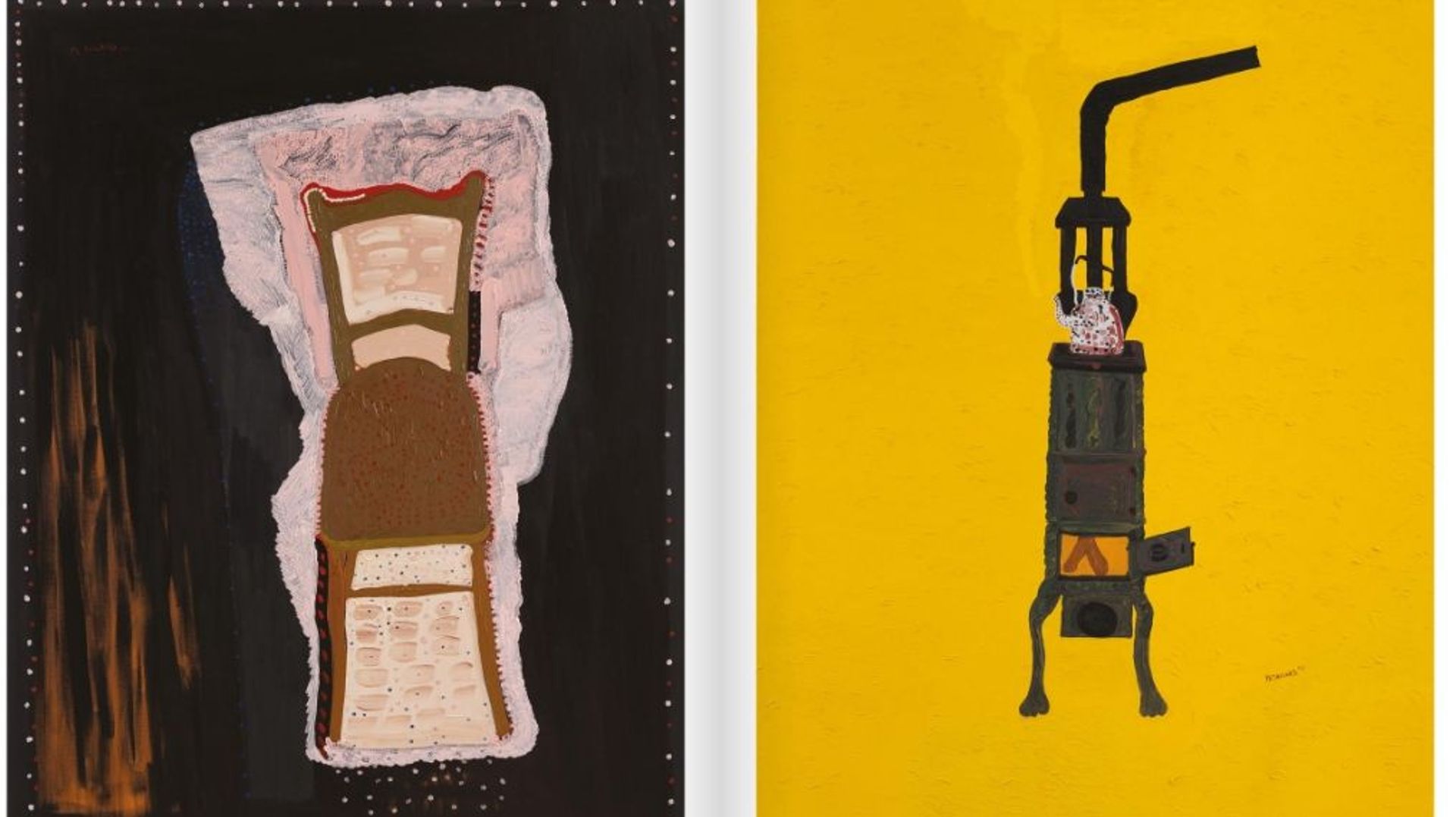
Swiss projects to help build a quantum future

Two Swiss-led initiatives have been selected for the first phase of the European Commission’s Future Emerging TechnologiesExternal link Quantum Flagship, which aims to “unlock the full potential of quantum technologies and accelerate their development and take-up into commercial products in Europe”.
Quantum technologies aim to exploit the behaviour of energy and matter at the atomic and subatomic – or quantum – level. The goal of the EC Quantum Flagship project is to harness natural quantum phenomena to develop devices with greater power and precision than has previously been possible.
The ten-year, €1 billion (CHF1.1 billion) project is the third European Commission (EC) Flagship, after the Graphene and Human Brain Project Flagships, the latter of which has its coordination offices in Geneva. As announced at the kick-off event on Monday in ViennaExternal link, more than 140 projects applied to the Quantum Flagship’s first open call, of which 20 – including two Swiss-coordinated initiatives – have been selected to receive €132 million for the first phase from October 2018 to September 2021.
Super sensors
The macQsimal project (Miniature Atomic Vapor-Cell Quantum Devices for Sensing and Metrology Applications), coordinated by the Neuchâtel-based Swiss Center for Electronics and Microtechnology (CSEM), aims to develop extremely precise “quantum sensors” for a new generation of ultra-efficient technologies, with applications ranging from consumer electronics to medicine and transportation. According to a CSEM press release, macQsimal will combine advanced sensor physics with micro-fabricated atomic vapor cells, based on what is known as MEMS technology (microelectromechanical systems), to create more reliable devices that can be produced economically on a large scale.
The consortium will develop a platform for developing prototype devices with applications including autonomous navigation, non-invasive medical diagnosis and drug detection.
“A new type of sensor could, for example, boost autonomous cars’ 3D orientation sensing or revolutionise human brain activity measurement,” said CSEM project manager and macQsimal coordinator Jacques Haesler.
Random numbers
At the University of Geneva, Hugo Zbinden will be coordinating another Quantum Flagship project called QRANGE, which is aimed at developing cheaper, faster, and more secure quantum random number generatorsExternal link.
The idea is to harness unpredictable quantum phenomena to generate totally random number sequences. These have potential applications in cyber security and cryptographic protocols, where safe passwords and data protection are becoming increasingly important.
On the subatomic (quantum) level, the laws of quantum mechanics mean that “superposition” phenomena can allow a particle to exist in two states simultaneously, while “entanglement” phenomena can mean that the state of one particle becomes dependent upon that of another.
Building on those properties, the Flagship initiativeExternal link wants to build a “quantum web” of interconnected computers, simulators and sensors. It’s hoped that the performance increases resulting from quantum technologies will “yield unprecedented computing power, guarantee data privacy and communication security, and provide ultra-high precision synchronisation and measurements for a range of applications available to everyone locally and in the cloud”.

In compliance with the JTI standards
More: SWI swissinfo.ch certified by the Journalism Trust Initiative
















![The four-metre-long painting "Sonntag der Bergbauern" [Sunday of the Mountain Farmers, 1923-24/26] had to be removed by a crane from the German Chancellery in Berlin for the exhibition in Bern.](https://www.swissinfo.ch/content/wp-content/uploads/sites/13/2025/12/01_Pressebild_KirchnerxKirchner.jpg?ver=bb19e376)














You can find an overview of ongoing debates with our journalists here . Please join us!
If you want to start a conversation about a topic raised in this article or want to report factual errors, email us at english@swissinfo.ch.